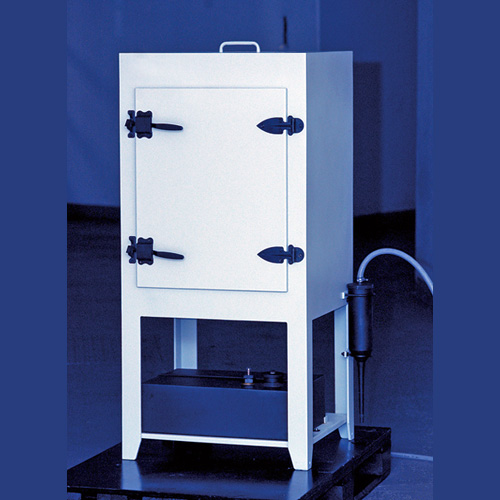This is a tricky question.COP falls when the weather's colder. Is COP 5 achievable in the winter, when demand is greatest? Just asking, I don't know much about heat pumps, apart from the operating principle.
You need to start with a basis in physics, forget about degrees C, which is limited by your human experience and think in terms of absolute temperature.
The Kelvin scale is an absolute temperature scale where differences like -3°C (270.15 K) to 20°C (293.15 K) are relatively small (only around 8% difference).
So by the physics the task is easier, lots of energy around at -3C.
Heat pumps utilize refrigerants, and the choice of refrigerant has a large impact on the COP. But, safety constraints and reasonable operating pressures limit the selection of high pressure, high-performance refrigerants in this application. (Larger industrial systems often use ammonia for instance - which would not be advisable in a domestic install. It's also why those mini fridges use propane or butane, amazing choices but in large volumes... More risky).
To a certain extent the economics of the pump also effect this choice. (simplicity, number of moving parts etc). Einstein famously jointly developed a constant pressure zero moving part refrigerator with Szilard that will be popular soon.
Despite these limitations, modern heat pump systems, maintain COP of around 3 even at -3°C, thanks to features like variable speed compressors and enhanced vapor injection. But when the air temp is a bit warmer, cop dramatically increases.
In most places in the UK they see very few cold days a year and we need to see a growing trend away from "guesstimates" and towards actual calculations - at the moment you *must* size your heat pump for the worst day of the year, despite that not being needed for 98% of the time - you also *cannot* factor in a secondary heat source - I expect as we move on this will change to a day per day system. This is compounded by a move to modulated heat and not bursts of unmodulated heat.
You can also extend building wide performance with things like variable refrigerant flow where you can pass heat from sun side of building to the other etc.



